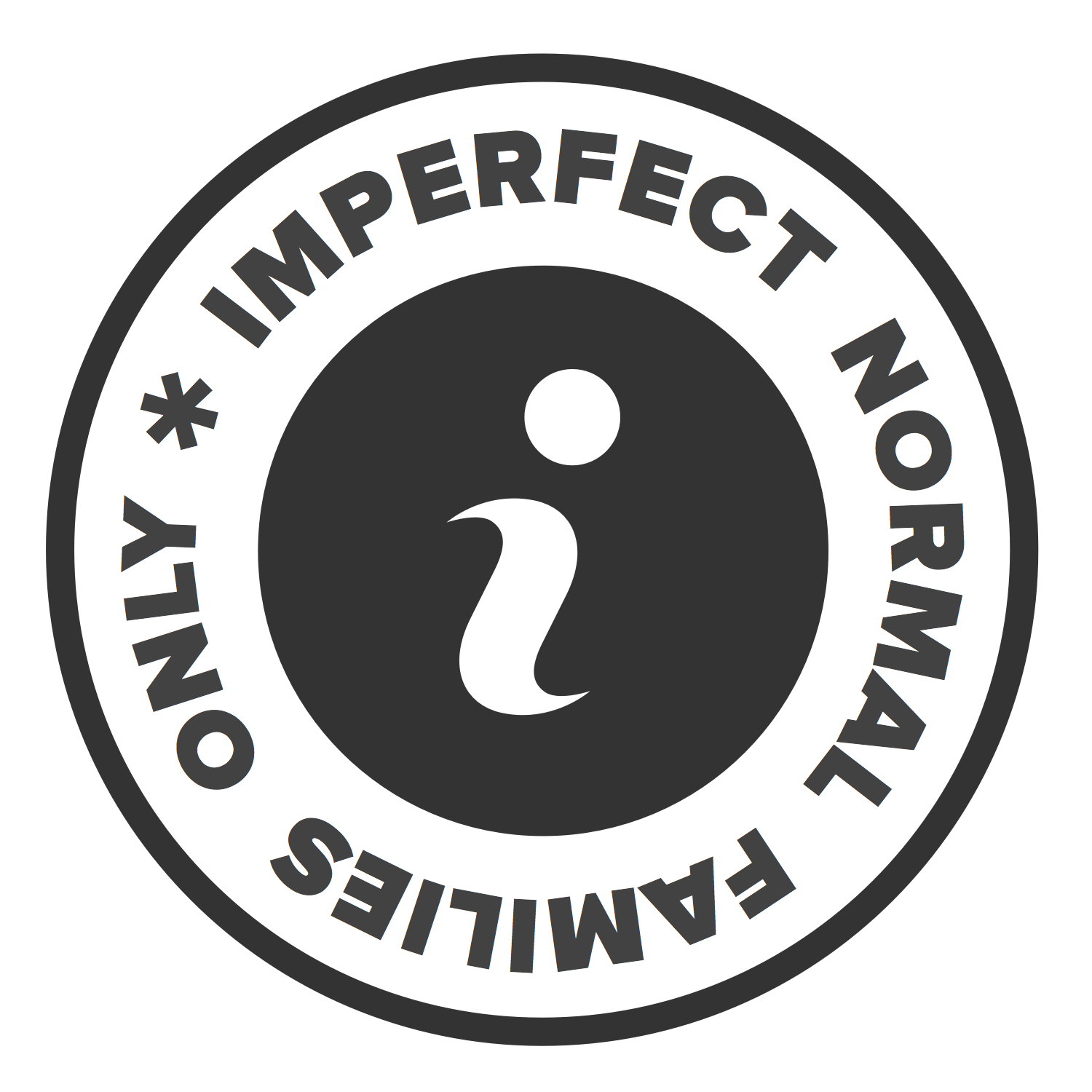Parenting the Teen Brain
The following was written by Brad Griffin of the Fuller Youth Institute…
In this 2-part article, Psychologist Alan Kazdin (Yale) with writer Carlo Rotella analyze research on the adolescent brain in an attempt to bust the myth that teenagers are worse than adults at assessing risks and making rational decisions.1 It’s an interesting read, inviting us to revisit how we try to prepare teens for decision-making in the face of high-risk options (I’ve shared other thoughts on this in a previous post on teen brain research). The authors contend that there are a lot of common interventions and prevention measures that simply don’t work.
What research does support in terms of parenting strategies that work to counteract high-risk behaviors among teens (according to the authors) is a set of fairly unsophisticated responses. The primary practice for parents to prevent bad choices? Monitoring. Keeping track of where kids are and—especially—who they are with. Peer influences are incredibly important because the teen brain is most rewarded by the presence and approval of peers. Hanging out with other kids doing high-risk behaviors is one of the strongest predictors of substance use and abuse. (One interesting note on gender here: parents tend to monitor teen girls more than boys, which some have suggested may be a reason teen boys participate in more high-risk behaviors—simply because they have less supervision.)
Monitoring sounds like policing or high-intensity surveillance, but it doesn’t mean the same thing as hovering. Here’s a quote from the authors about what kind of monitoring they’re talking about:
The members of families in which parents monitor have stronger ties, are more involved with one another, have warmer relationships, and are more cohesive and communicate better. A more askable, approachable parent with a warm relationship to a child will have more success in monitoring without turning into a warden. To that end, it helps to make monitoring normal and mutual in your household—which you can model by talking to your children about your day at the dinner table or during rides in the car—and to begin early. 2
The other suggested strategies include: building and modeling values for family, school, and society; developing competencies in kids (1 or 2 is plenty; no need for extra-curricular overkill); and nurturing the parent-child relationship. The last one seems like a no-brainer, but during adolescence can feel like incredibly hard work, especially when kids push away. Yet, “When there’s more parent connectedness—a child feeling close, loved, wanted, listened to, and satisfied with the relationship—a child is at much less risk for engaging in dangerous behaviors.”
Worth thinking about this week.
- Alan Kazdin and Carlo Rotella, “No Brakes! Risk and the Adolescent Brain” and “No Brakes! The best way to guide your teenager through the high-risk years.” Washington Post’s Slate.com
- http://www.slate.com/id/2243436/
